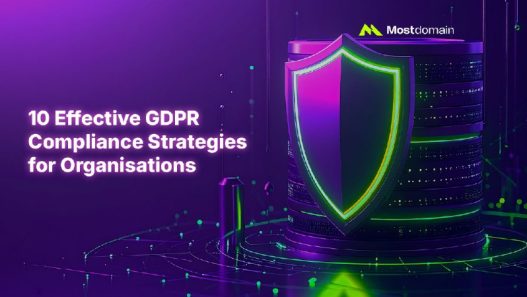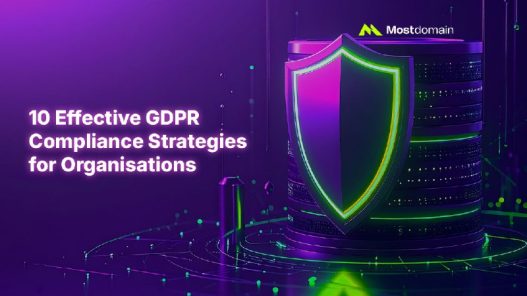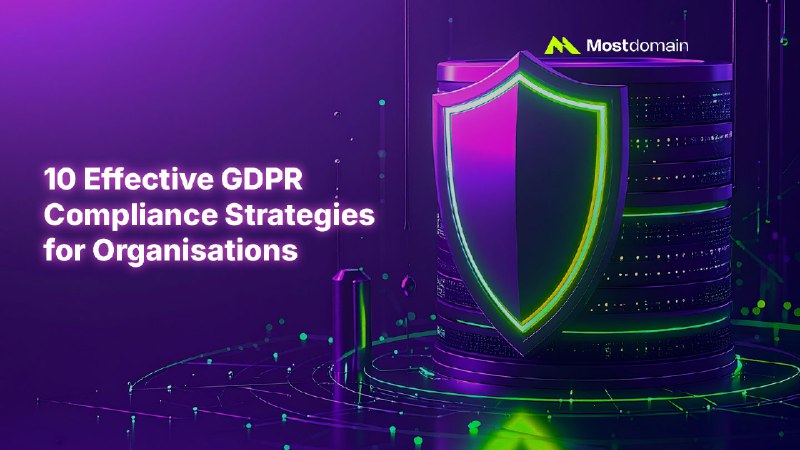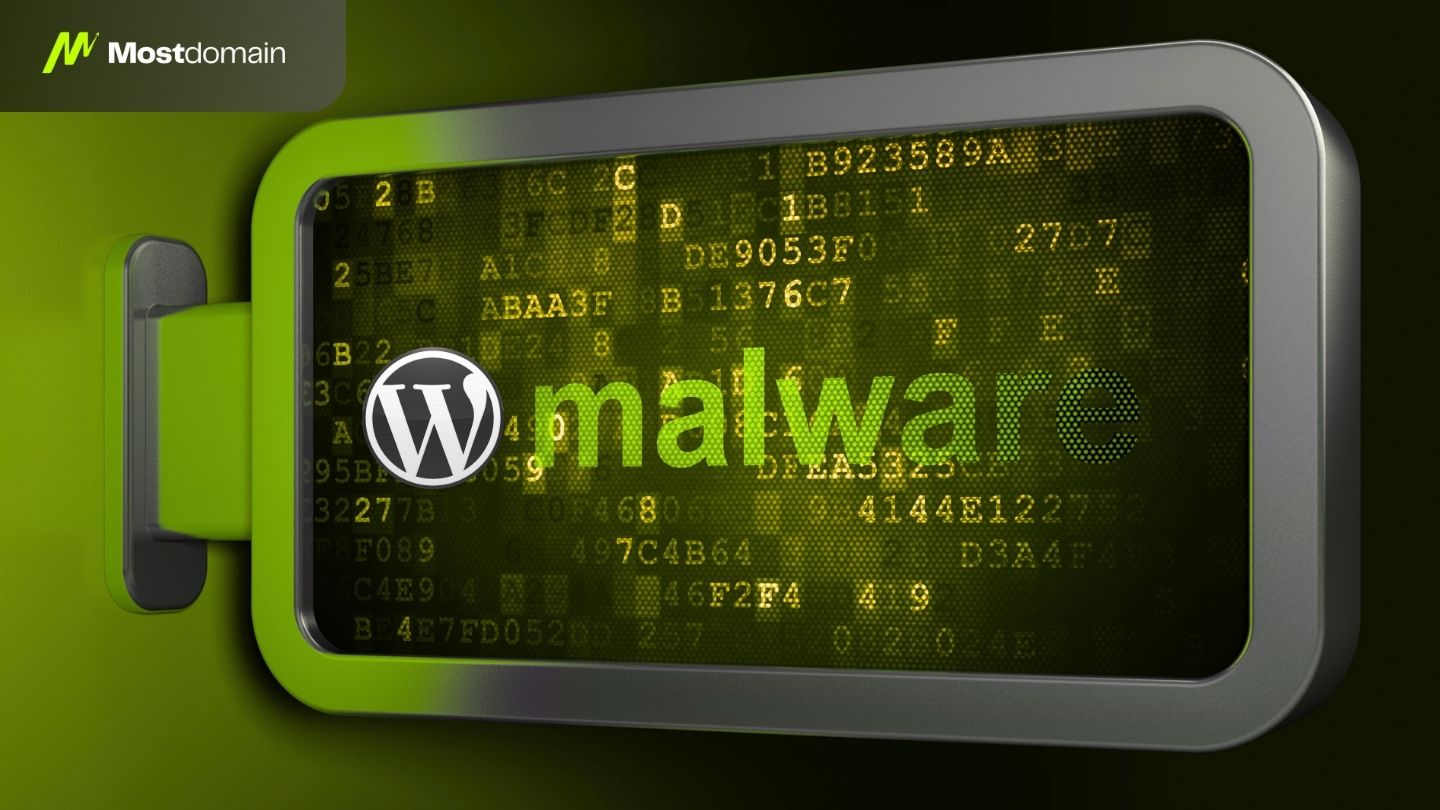10 Effective GDPR Compliance Strategies for Organisations – Have you ever wondered how companies handle your personal information? In our connected world, your data travels through countless systems every day, making GDPR compliance strategies essential for protecting your privacy. That’s where GDPR compliance strategies come into play. They’re not just fancy legal terms, but essential practices that protect your privacy and help organizations stay trustworthy.
What is GDPR?
Think of GDPR (General Data Protection Regulation) as a set of rules designed to give you control over your personal information. For businesses, following these rules isn’t optional. It’s the law. More importantly, it’s about building trust.
When companies get this right, everyone wins: customers feel safer, and businesses avoid hefty fines while earning loyalty.
Let’s explore ten practical strategies that organizations use to keep your data safe and stay on the right side of the law.
1. Know Your Data: The Foundation of Everything
Imagine trying to organize a massive library without knowing which books you have. That’s what running a business without data mapping feels like.
What organizations need to understand:
- What information they collect
- Where they keep it
- How it moves through their systems
This isn’t just about customer emails or phone numbers. Personal data includes employee files, supplier contacts, and even those little cookies on websites. Smart companies conduct regular checkups of their data storage, much like taking inventory in a warehouse.
Modern tools can help automate this process, making it faster and more accurate. When organizations know their data inside and out, they can quickly respond to your requests, handle breaches properly, and prove they’re following the rules.
2. Be Clear About What You Do With Data
Remember the last time you signed up for something online and faced pages of confusing legal text? That shouldn’t happen. Good GDPR compliance strategies require organizations to explain their data practices in plain English. No lawyer-speak needed.
Companies should tell you upfront:
- What information they collect
- Why they need it
- How long they’ll keep it
- Who else might see it
The best approach? Build privacy into systems from day one, not as an afterthought.
Understanding Data Minimization
There’s also a principle called “data minimization.” These are fancy words for “only collect what you actually need.” Why ask for your birth date if a company only needs your email?
These clear policies don’t just keep regulators happy. They show customers that a business respects their privacy.
3. Get Real Permission First
Here’s something important: companies can’t just assume you’re okay with them using your data. Under GDPR, they need your genuine, informed consent.
No more:
- Pre-ticked boxes
- Sneaky tactics
- Confusing opt-in forms
Good consent means giving you real choices. For example, you might agree to receive newsletters but not marketing calls. Organizations should use simple interfaces where you can easily see and control what you’re agreeing to.
The best companies also check in periodically, asking if you still want them to use your information in certain ways.
This respect for your choices builds trust and keeps everyone on the same page.
4. Protect Data Like It’s Gold
Your personal information is valuable, and organizations must treat it that way. Strong security measures are non-negotiable parts of GDPR compliance strategies.
Essential security measures include:
- Encryption: Scrambling data so only authorized people can read it
- Secure passwords: Strong authentication methods
- Regular security checks: Ongoing vulnerability assessments
Access Control Matters
Not everyone in a company should see all data. Only those who genuinely need it for their work should have access. It’s like having different keys for different rooms in a building.
What Happens If Something Goes Wrong?
Smart organizations have detailed response plans ready. They practice:
- Detecting breaches quickly
- Containing damage
- Notifying authorities within required timeframes (usually 72 hours)
Regular drills and monitoring systems help catch problems before they become disasters.
5. Assign Someone to Be in Charge
Every ship needs a captain, and every organization needs someone focused on data privacy. Many companies appoint a Data Protection Officer (DPO) or privacy manager whose main job is making sure personal information stays protected.
What privacy champions do:
- Oversee how data is used
- Assess risks
- Handle your requests about your information
- Deal with regulatory checks
They’re your advocate inside the company.
But privacy can’t be just one person’s job. The best organizations weave privacy responsibilities into everyone’s role. Regular training helps staff understand that protecting customer data is part of everyone’s responsibility, not just the IT department’s concern.
6. Make Privacy Part of Company DNA
Technology helps, but people make the real difference. Creating a culture where everyone values privacy is crucial.
Think of it like workplace safety. It’s not enough to have rules. People need to understand why those rules matter.
Building a privacy-conscious culture:
Regular training sessions keep privacy top-of-mind. When someone spots a potential problem and reports it, they should be thanked, not punished. Leadership sets the tone by showing that privacy matters through actions, not just words.
The result? Companies with strong privacy cultures often have fewer breaches because employees naturally think about data protection in their daily work. It becomes second nature, like washing hands before cooking.
7. Check for Risks Before Starting New Projects
Before launching something new (a website feature, a marketing campaign, or a new system), smart organizations ask:
“Could this impact people’s privacy?”
This process is called a Data Protection Impact Assessment (DPIA).
Think of it as a privacy health check. DPIAs help spot potential problems early when they’re easier and cheaper to fix. They’re especially important for projects involving:
- Sensitive information
- New technology
- Large-scale data processing
By conducting these assessments during planning stages, companies can design better systems from the start. This proactive approach is central to effective GDPR compliance strategies and shows a genuine commitment to privacy.
8. Keep Good Records
“If it isn’t documented, it didn’t happen.”
That saying applies perfectly to GDPR compliance. Organizations must keep detailed records of everything:
- What data they process
- Who gave consent
- How they responded to breaches
- What training staff received
Why Good Record-Keeping Matters
Good record-keeping serves multiple purposes:
During regulatory inspections: It proves compliance.
During internal reviews: It highlights what’s working and what needs improvement.
Modern compliance software can automate much of this, reducing errors and saving time. These records aren’t just bureaucratic paperwork. They’re evidence of accountability and responsibility. They show that an organization takes privacy seriously every single day.
9. Choose Partners Carefully
Most organizations don’t work alone. They use:
- Cloud services
- Payment processors
- Marketing platforms
- Other vendors
Each partnership introduces potential privacy risks.
The Solution: Data Processing Agreements
That’s why companies need solid agreements with third parties. These are contracts that clearly spell out data protection responsibilities. These Data Processing Agreements (DPAs) cover important details like:
- Security measures
- Breach notifications
- Who’s responsible if something goes wrong
Smart organizations don’t just sign contracts and forget about them. They regularly check that partners are keeping their promises and maintaining strong security.
Think of it as choosing trustworthy friends who share your values.
10. Stay Current and Keep Learning
GDPR isn’t set in stone. Courts interpret rules, technology evolves, and new situations arise.
What worked last year might not be enough today.
Organizations committed to strong GDPR compliance strategies stay informed through:
- Legal advisors
- Industry groups
- Professional networks
They regularly update their policies, train staff on new developments, and adopt new tools that make compliance easier.
This continuous learning approach shows maturity. It’s not about checking a box once and forgetting about it. It’s about ongoing commitment to doing right by people’s data.
The Bottom Line
Protecting personal information isn’t rocket science, but it does require attention, planning, and genuine commitment. These ten strategies provide a roadmap for organizations to handle data responsibly while building customer trust.
When companies:
- Map their data carefully
- Communicate clearly
- Get proper consent
- Secure information effectively
- Assign clear responsibilities
- Build privacy-conscious cultures
- Assess risks proactively
- Maintain good records
- Manage partnerships wisely
- Stay current
They create a strong foundation for respecting privacy.
For you as a customer or employee, these practices mean your information is in safer hands.
For organizations, they mean avoiding penalties, building reputation, and creating sustainable business practices.
In our digital world, good data protection isn’t just good compliance. It’s good business and the right thing to do.
References
- European Commission. General Data Protection Regulation (GDPR). Official Journal of the European Union, 2016.
- Information Commissioner’s Office (ICO). Guide to the General Data Protection Regulation. UK Data Protection Authority, 2023.
- National Institute of Standards and Technology (NIST). Framework for Improving Critical Infrastructure Cybersecurity. US Department of Commerce, 2024.
- European Data Protection Board (EDPB). Guidelines on Data Protection Impact Assessment and Data Protection Officers. Brussels, 2024.
- International Association of Privacy Professionals (IAPP). Privacy Program Management: Tools for Managing Privacy Within Your Organization. Portsmouth, 2024.
- Centre for Information Policy Leadership. Accountability-Based Privacy Governance Practices. Washington DC, 2023.
- Organisation for Economic Co-operation and Development (OECD). Privacy Guidelines and Best Practices for Data Security. Paris, 2024.
- Gartner Research. Privacy and Data Protection Compliance Market Guide. Technology Research, 2024.
- Deloitte Insights. Global GDPR Compliance and Implementation Survey Results. Risk Advisory Services, 2024.
- PwC Legal. Data Protection and Privacy: A Practical Guide to GDPR Compliance. Legal Services Publications, 2023.



















